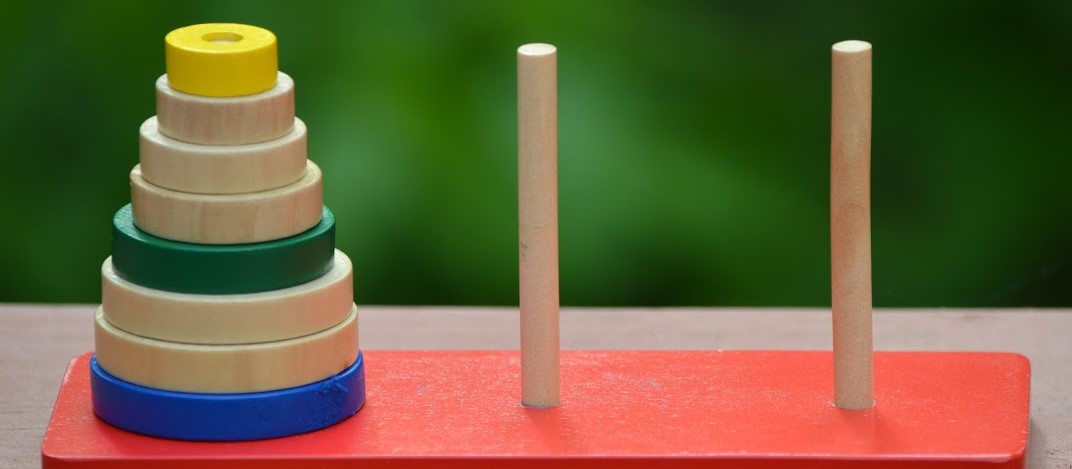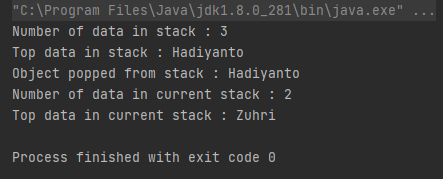Implementasi Stack Menggunakan Java
Stack merupakan salah satu struktur data yang menggunakan konsep LIFO (Last In First Out), dimana data yang masuk paling akhir, dapat diakses atau digunakan sebagai data paling awal. Sebagai contoh yaitu permainan menara hanoi (tower of hanoi), dimana kita hanya dapat mengambil bagian paling atas dari menara, dan hanya dapat menempatkan bagian menara ke bagian paling atas. Pada dasarnya, Java telah menyediakan package khusus struktur data stack. Namun, untuk lebih memahami konsep stack, tidak ada salahnya untuk coding from scratch. Pada stack, terdapat beberapa metode yang sering diimplementasikan, yaitu :
- push : metode yang digunakan untuk memasukkan data ke dalam tumpukan paling atas.
- pop : metode yang digunakan untuk mengambil data pada tumpukan paling atas.
- peek : berbeda dengan pop, metode peek hanya melihat data pada tumpukan paling atas, tidak mengambilnya, sehingga tidak terjadi perubahan pada stack.
- count : metode yang digunakan untuk menghitung jumlah elemen pada tumpukan.
- clear : metode yang digunakan untuk membersihkan stack dari semua elemen.
Berikut ini merupakan contoh implementasi stack pada Java :
Dan berikut ini merupakan contoh penggunaan stack yang telah diimplementasikan pada Java :
Setelah program dicompile, maka hasilnya akan seperti berikut.
Source code dari program di atas dapat diakses disini



Comments
Post a Comment